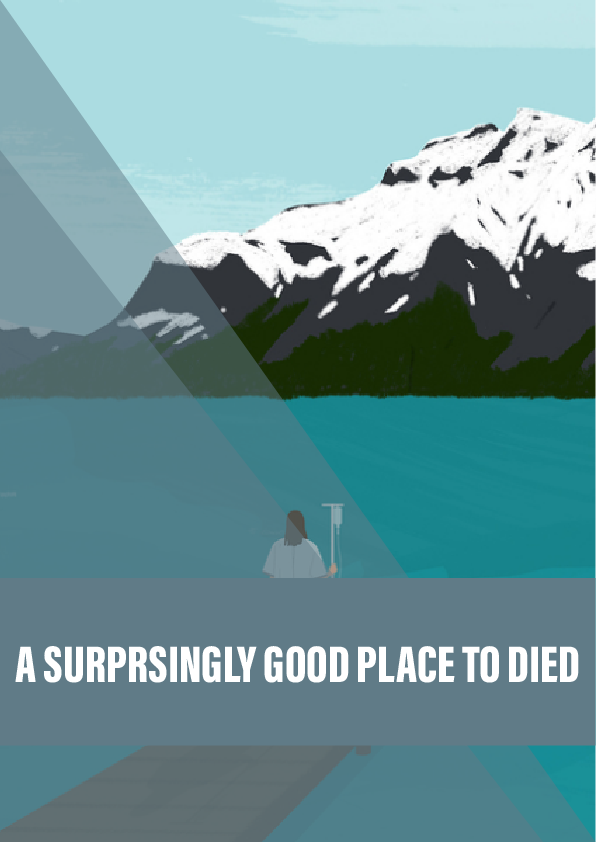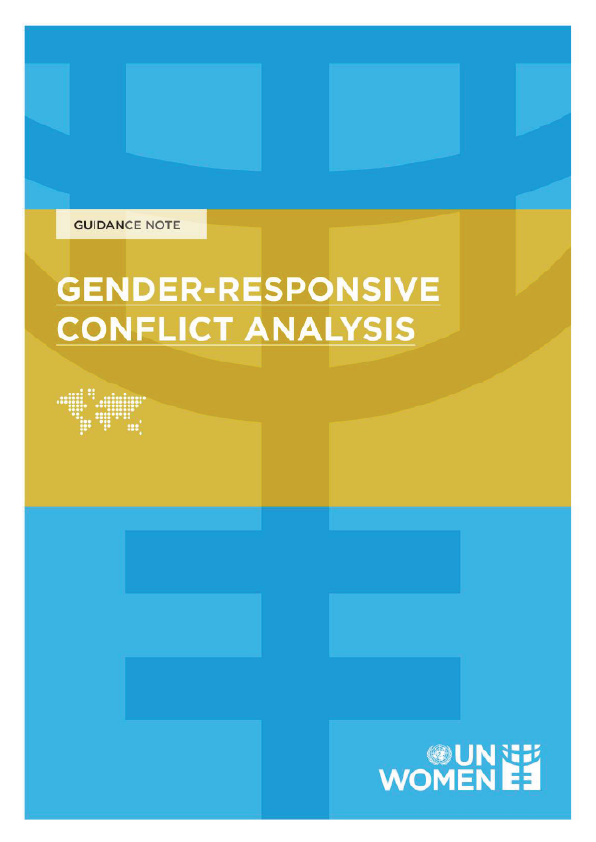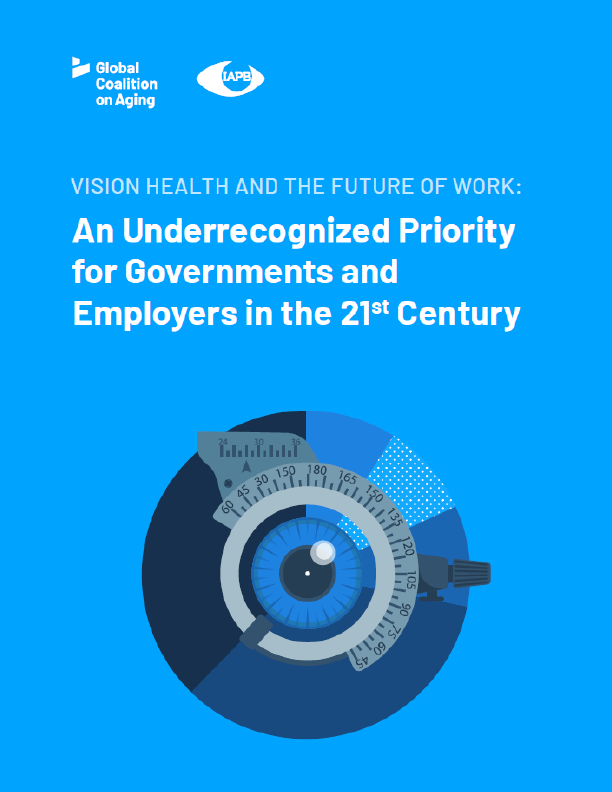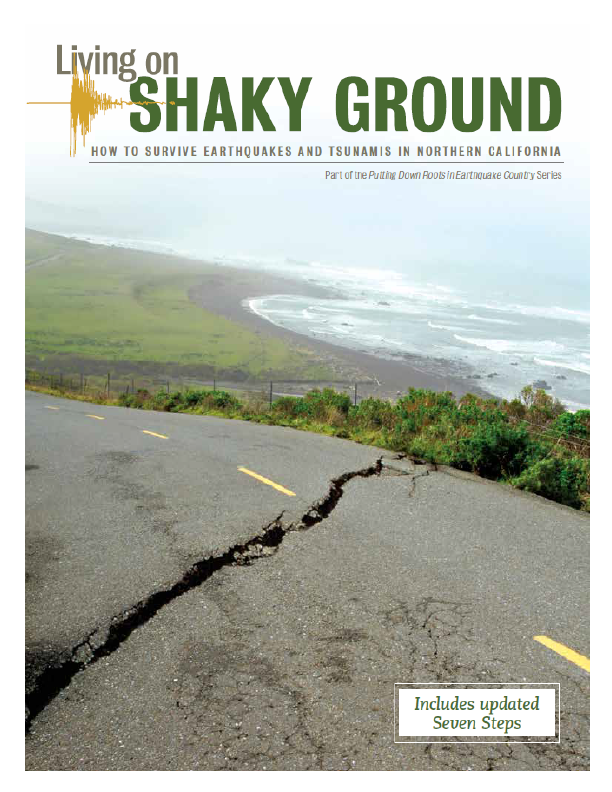A campaigning doctor has helped make Mongolia a better place to die than many much wealthier nations. Andrew North met her to find out how.
hat comes to mind when you think of Mongolia? My answer, probably like many people’s, was vast empty space, those signature round white tents (which Mongolians call gers, not ‘yurts’ – a word brought in during the country’s period under Russian and Soviet influence) and Genghis Khan.
One thing you might not think of is ‘a good place to die’. Yet Mongolia is punching above its weight in palliative care, the branch of medicine that supports people with terminal or complex illnesses. Palliative care takes a magpie approach, borrowing from other medical disciplines and addressing a whole range of issues at once, ranging from pain and other symptoms to spiritual, social and psychological support.
In a 2015 survey of global palliative care, the UK comes top, Australia second and the USA ninth. And while the richest Western nations lead the pack, Mongolia appears notably high up, especially considering that it’s well down the economic rankings. (It comes 28th in the palliative care survey but ranks 141st for gross national income (GNI) per capita.)
In fact, when it comes to palliative care, Mongolia is performing far better than any comparable economy, and is ahead of several European states with much more developed healthcare systems and greater spending power, including Greece, Hungary and Lithuania. It also eclipses several big economies, including its two giant neighbours, Russia and China.
In little more than a decade, Mongolia’s approach to palliative care has become a shining example of doing more with less. But how?
Reference:
- ‘Mongolia: establishing a national palliative care program’, a 2007 paper by Dr Odontuya Davaasuren and others.
- A biography of Cicely Saunders from the BMJ.
- The Quality of Death Index from the Economist Intelligence Unit.
- ‘Helping make the best of the end of life’ from The Atlantic.











